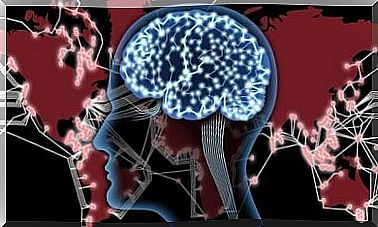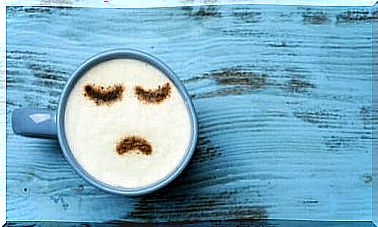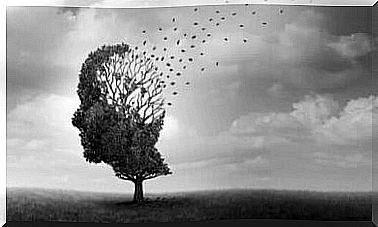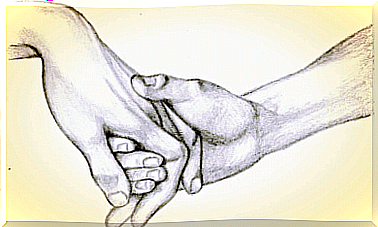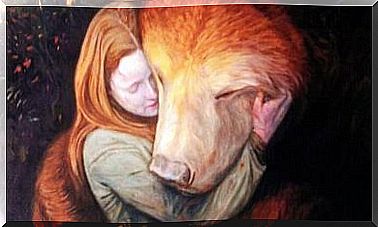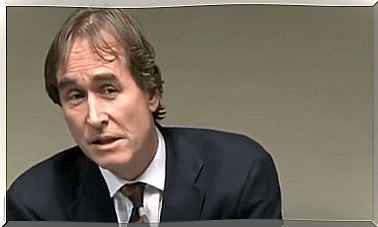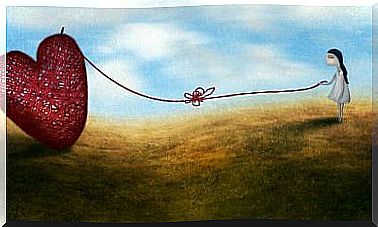Biography Of Roberto Assagioli, The Spiritual Scientist
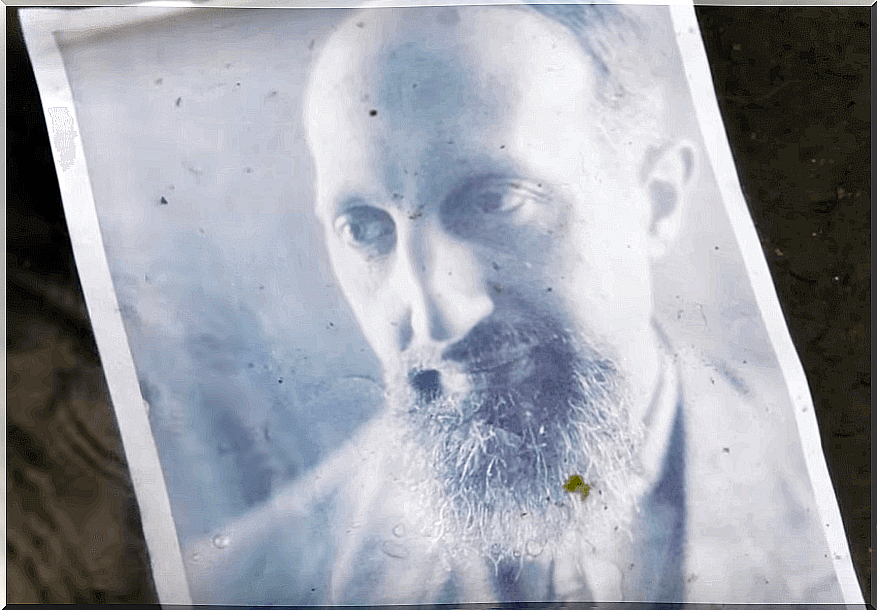
Today we are going to present a brief biography of Roberto Assagioli, the founder of the psychosynthesis school of thought. This approach departed from the empirical foundations of psychology, but went completely outside the parameters of scientific psychology. He studied the person as a personality and as a soul.
In the therapies that Roberto Assagioli developed, the unconscious played an important role, but in balance with rational and conscious work. Furthermore, his theories about the interaction between the psyche and the body formed the basis of psychosomatic medicine.
Its main idea is that the individual is in a constant process of personal growth. The realization of all your hidden potential is the ultimate goal, and your method seeks to transform all these potentials.
The aim of psychosynthesis would be, first, to identify each substructure and then to integrate them so that they function harmoniously. Assagioli was also interested in the spiritual development of human beings and the problems that can arise at each stage of that development. In this sense, psychosynthesis is deeply linked to transpersonal psychology.
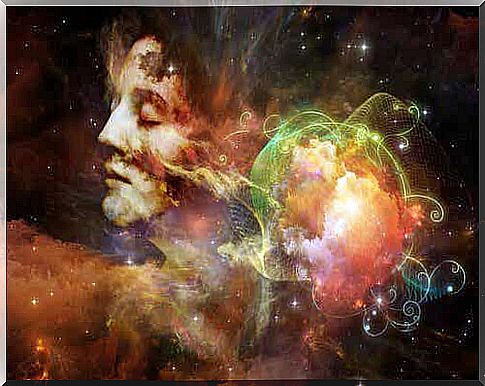
Roberto Assagioli’s Biography: childhood and youth
Roberto Assagioli was born in Venice in 1888. He grew up in a family with interests in art, music and literature. It seems that his mother’s studies of theosophy had a decisive influence on his great interest in Eastern philosophies.
As a teenager, he traveled extensively and developed a special taste for the ideals of freedom of non-violent and non-dogmatic social movements. His travels taught him that human beings are the same no matter where they come from. Ever since he was young, he defended that, in all human beings, there is a desire to reach their maximum potential.
He studied at the Faculty of Medicine at the Institute of Higher Studies in Florence. He completed a doctoral thesis entitled A Psychosynthesis, which contemplated a holistic approach to psychology with special attention to human growth and experiences of spiritual dimensions.
Although his view of psychology was based on many of the foundations of psychoanalysis, his approach tended to distance himself from it because of its proximity to the pathological side of the human psyche. This idea was shared by many humanistic psychologists.
He also considered that human consciousness had more layers than the model proposed by Freud. Assagioli felt attracted by a psychology that also contemplated the love, will, wisdom, creativity and spirituality of the human being. In 1911, he began to formulate the basic concepts of psychosynthesis, a task to which he dedicated his entire life.
your professional career
After completing his medical studies, Assagioli graduated in psychiatry in Switzerland with the prestigious Eugen Bleuler, the pioneer who defined schizophrenia and one of the first to accept psychoanalysis.
There he met Carl Jung and they became friends. Assagioli believed that Jung’s psychology was closest to psychosynthesis. In 1926, the first Institute of Culture and Psychic Therapy was opened in Rome. In 1928 he gave a series of lectures entitled The Latent Energies in Us and Their Use in Education and Medicine.
Psychosynthesis works on the premise that any emotion or reaction has an opposite and that the task is to create a synthesis between the two. What would produce this synthesis would be the active self, the observing self, the controlling factor, and the higher self. It coincided with psychoanalysis in that healing from childhood trauma and a healthy ego were necessary conditions for the individual’s good psychological development, but it did not stop there.
Assagioli argued that a healthy person has the potential for growth, what Abraham Maslow later called self-actualization. Furthermore, he contemplated all of the above with the addition of the spiritual and transpersonal dimension. This is why psychosynthesis is considered the forerunner of humanistic and transpersonal psychology.
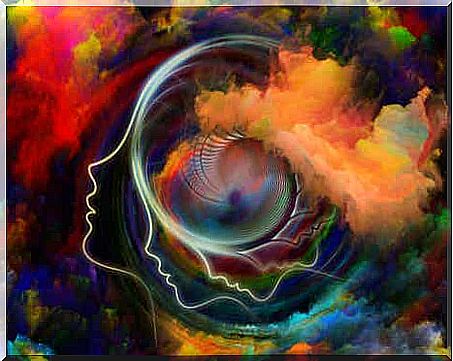
Roberto Assagioli after the war
World War II was an especially difficult period in Roberto Assagioli’s biography due to his Jewish origins and his humanist ideas. He spent some time imprisoned and isolated, at which time he took the opportunity to carry out studies on will, meditation and investigation of the different internal areas of consciousness.
It seems that his experiences during the war considerably affected his health. Even so, after the war, Assagioli returned to work on his research and kept in touch with people who significantly influenced his work, such as Rabindranath Tagore, Viktor Frankl and Alice A. Bailey.
Furthermore, to all his research work was also added a deep knowledge of Hindu philosophy and Buddhism, as he studied for a time with a Tibetan lama.
His life was the best example of his teachings. He showed great respect and love for the human being and for the goodness that inhabits all individuals. Everyone who knew him remembered him as a person who radiated joy and love and who enjoyed great inner peace.
During the 1970s and 1980s, psychosynthesis spread across Europe and North America. Numerous schools were created that trained professionals in this specialty. Currently, she can be studied as a Masters at two institutes in the city of London.
